Time Periods
Paleolithic
Mesolithic
Neolithic
Chalcolithic
Bronze Age
Iron Age
Classical Period
Post-Classical Period
Early Modern Period
Industrial Period
Contemporary Period
Time Periods
Paleolithic
Mesolithic
Neolithic
Chalcolithic
Bronze Age
Iron Age
Classical Period
Post-Classical Period
Early Modern Period
Industrial Period
Contemporary Period
Location
About
The Sidi Yahya Mosque in Timbuktu, Mali, is a significant example of earthen Sudano-Sahelian architecture, notable for its historical and cultural value. Construction began in 1400 CE and was completed in 1440 CE, with the mosque named after its first imam, Sidi Yahya al-Tadelsi. The mosque is part of the University of Timbuktu, which was a hub for Islamic learning in medieval Africa. Its architectural style diverges slightly from traditional Islamic forms by emphasizing connections to the earth and ancestors. The mosque features a single minaret, internal courtyards, and is adorned with wooden beams called torons. It has faced threats from erosion and was listed as a UNESCO World Heritage site in danger. In 2012, it suffered damage from Ansar Dine jihadists, but was subsequently restored with the help of UNESCO, highlighting its resilience and continued significance.
Gallery
Explore photographs of ancient structures, artifacts, and archaeological excavations at Sidi Yahya Mosque
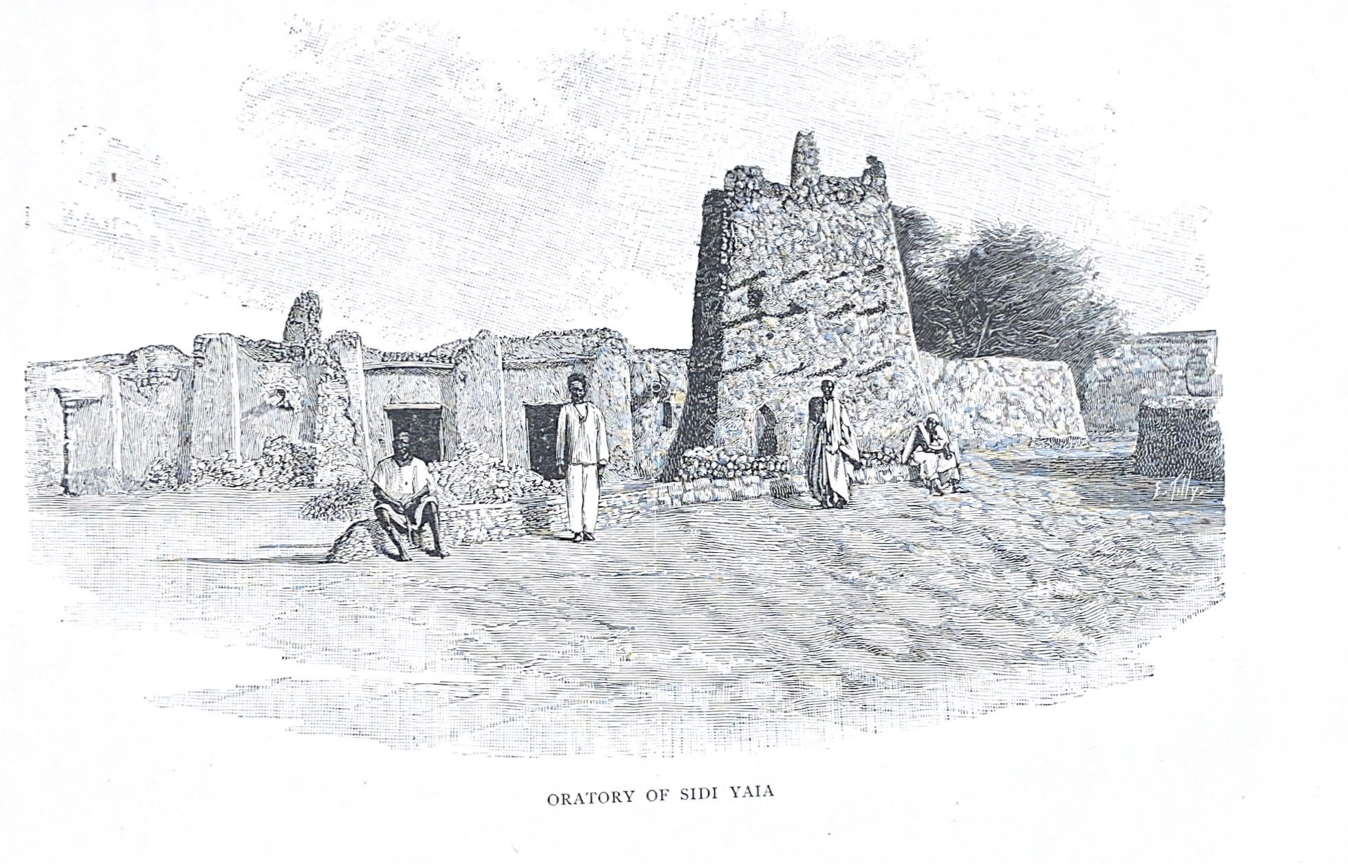
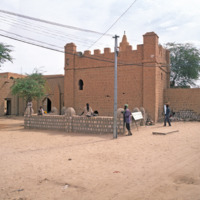
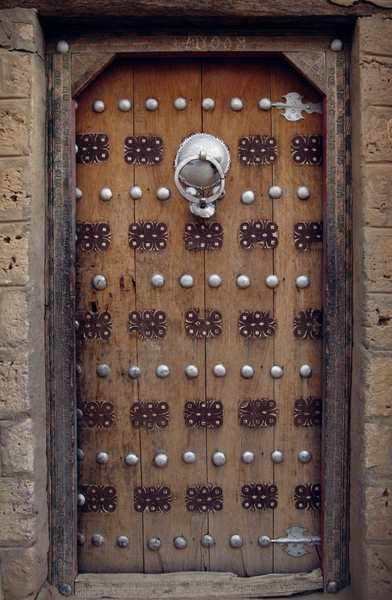
Archaeological Features
Explore the unique architectural and cultural elements found at this historical site
Burial and Funerary Structures
Religious and Ritual Structures
Historical Timeline
Journey through time and discover key events in this site's archaeological history
Plan Your Visit
Details
- Country
- Mali
- Source
- Wikipedia
More Sites in Mali
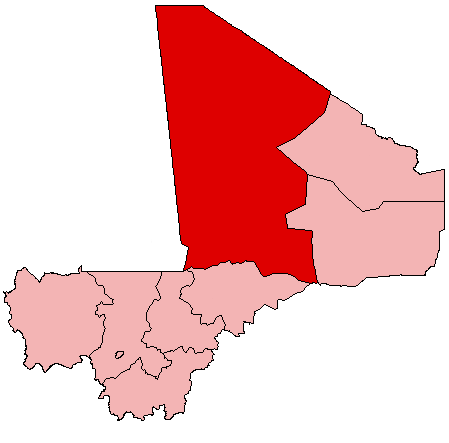
Tissalaten
Ancient West African tumuli site.

Bandiagara Escarpment
Sandstone cliff with ancient burial caves
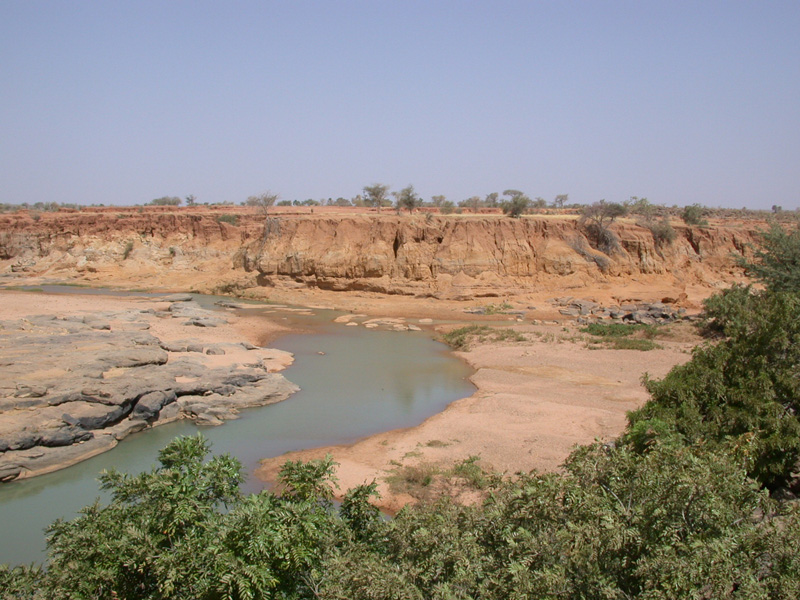
Ounjougou
Complex archaeological site with early pottery
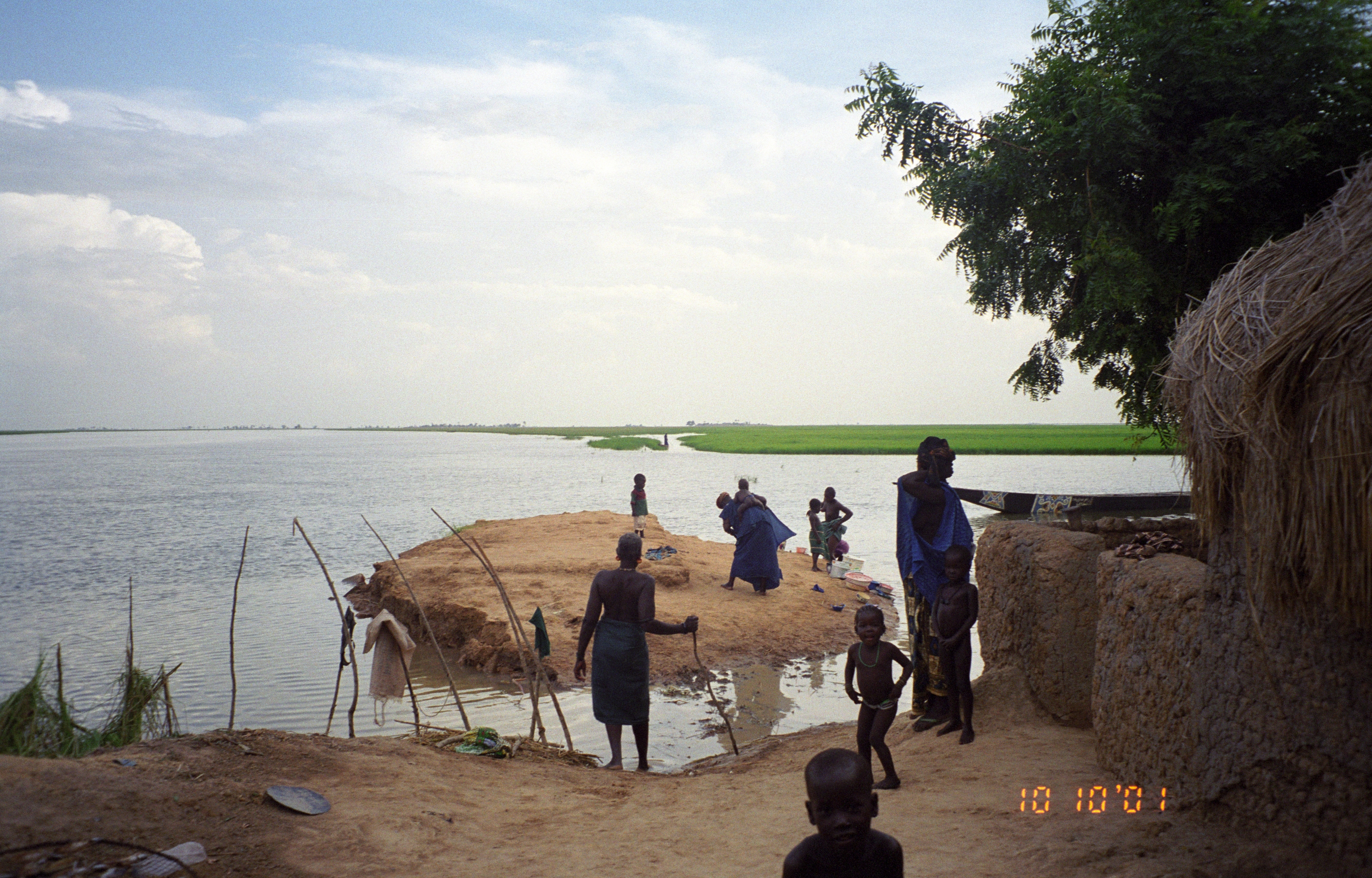
Dia, Mali
Ancient urbanization and trade site in Mali.

Kawinza
Ancient tumuli with pottery fragments

Toyla
Archaeological site with tumuli dated 880-990 CE